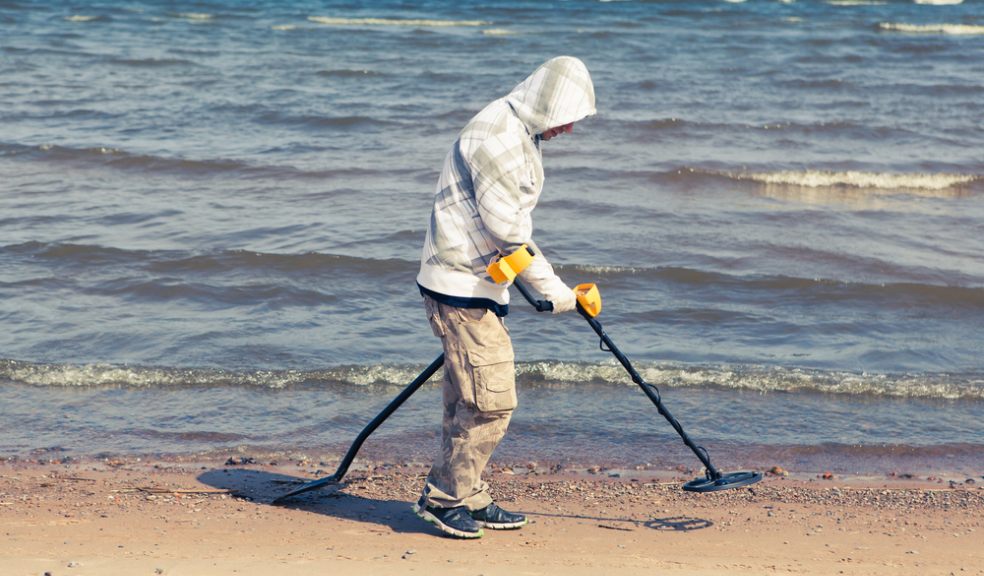
How to find buried treasure on Britain’s beaches
Buried treasure sounds like the subject of pirate movies, but there are hoards of hidden gems lurking under the sand of Britain’s beaches.
Online travel agent Florida4Less, has released advice for those hoping for a major find to coincide with its virtual Grand in the Sand treasure hunt*.
The Portable Antiquities Scheme, based at the British Museum, provides advice for those wanting to search for interesting finds - and do so responsibly - on Britain’s beaches. The scheme operates a database of at least 1,300 historical items that have been found along the country’s coastline since 1999.
Advice for anyone wanting to search for interesting finds - and do so responsibly - on Britain’s beaches:
• Find out who owns the beach and obtain their permission prior to using a metal detector or digging.
• If people want to search beaches, they should join a club or association that encourages co-operation with heritage groups. They will be able to check where people are allowed to search, where private land is and help obtain the necessary permissions.
• If you do find anything, make sure to record the location as accurately as you can, using an Ordnance Survey map or GPS device.
• Remember that there are pockets of finds on beaches, so often lots of objects will be together.
• Inform the landowner and gain their permission before passing on the grid reference to other detectorists.
• Be mindful of the laws regarding Treasure (in England and Wales) and Treasure Trove (in Scotland). Finds must be reported to the authorities. Non-treasure finds more than 300 years old should be shown to local archaeologists.
From January to August 2015, at least 14 historical items were discovered on British beaches alone and recorded with the Portable Antiquities Scheme.
“One item found this way is a gold ring, thought to be from the ninth or tenth century, discovered on the foreshore near St Osyth in Essex using a metal detector, and valued at £2,500 by the Treasure Valuation Committee,” Ian Richardson, Treasure registrar at the British Museum explained.
Meanwhile, a stone bead believed to be up to 7,000 years old was recently found on a beach in the Shetlands by a keen-eyed seven-year-old schoolgirl.
Not only historical items found on beaches are valuable. An Anglesey dog walker also recently discovered a lump of ambergris – a type of whale vomit used in the perfume industry – worth up to £7,000.
Florida4Less director Jon Moulding said: “Detecting is one of those classic British eccentricities but, with our winter weather meaning difficult conditions, we want to give people the chance to find their fortune from the comfort of their own home.
“We’ve hidden £1,000 in the sand of our virtual beach for one lucky would-be detectorist to find on Blue Monday simply by keeping an eagle eye on our social media channels.”
The winner will be able to put the money towards a holiday with Florida4Less, which could cover two adults’ return flights from Orlando or a family’s entrance to Disney World resort, or claim the cash.

















